How to keep your cats cool in summer
Make sure your cat stays cool this summer with our helpful tips on how to keep them safe during the summer months.
If you live in an apartment
If you live in an apartment and your cats don't have the opportunity to go outside, here are some tips for keeping your apartment cool if you don't have air conditioning. It will be useful for your cats as well as for you! And if you already have air conditioning, these few tips will help you reduce your electricity bill since it will work less hard.
1. Block the sun during the hottest hours of the day
The more sunlight that enters your home, the warmer it will be. You can reduce the heat in your apartment by keeping the blinds closed at the right times of the day. Typically, the hottest time of day is mid-afternoon, around 3 p.m.

2. Optimize natural air flow in the apartment
Whether you realize it or not, air is moving and circulating in your apartment. When the air conditioner is running or the fans are on, air moves to all open rooms in your home. You can create a natural flow of this cooler air specifically to the rooms you and your cat use.
Close doors to rooms you're not using , but leave doors open in places like the bedroom and bathroom. This ensures fresh air circulates where you need it most.
3. Use fans to cool spaces

An obvious tip but always useful , a simple fan will have the ability to make your room much cooler and more pleasant for your cat. You also have the option of blowing it on a damp cloth placed at a distance to further increase the feeling of freshness.

4. Remember to open all your windows during the coolest hours
Where possible, open your windows wide during the coolest times of the day, i.e. between early evening and early morning. This will help your apartment to dissipate the heat accumulated in your home. Nets that fit over windows and doors are also a good way to keep the area well ventilated without worrying about your cat escaping.
If you have a garden

1. Provide gray areas
Make sure there are plenty of shaded areas in the garden so your cat can take shelter while still having the freedom to roam outdoors.
2. Use a suitable sunscreen

Cats with lighter fur are more likely to get sunburned. Fur protects the cat's skin to some extent, but if your cat allows it, apply pet-friendly sunscreen to the most exposed areas, including the tip of the nose and tips of the ears.
The sunscreen used for your pet should be based on titanium dioxide and avoid those that contain zinc oxide. If you are unsure which sunscreen to use, talk to your veterinarian first.
3. Keep Your Cat Hydrated

Make sure your cat has access to plenty of water throughout the day and evening. By refilling it often, you will allow it to keep the water fresh.
Know the signs of heatstroke in cats
Cats are affected by the sun in the same way as humans . They can get heat stroke in the same way and develop skin cancer from sunburn, even on cloudy days. Monitor your cat's behavior and know the signs of heatstroke:
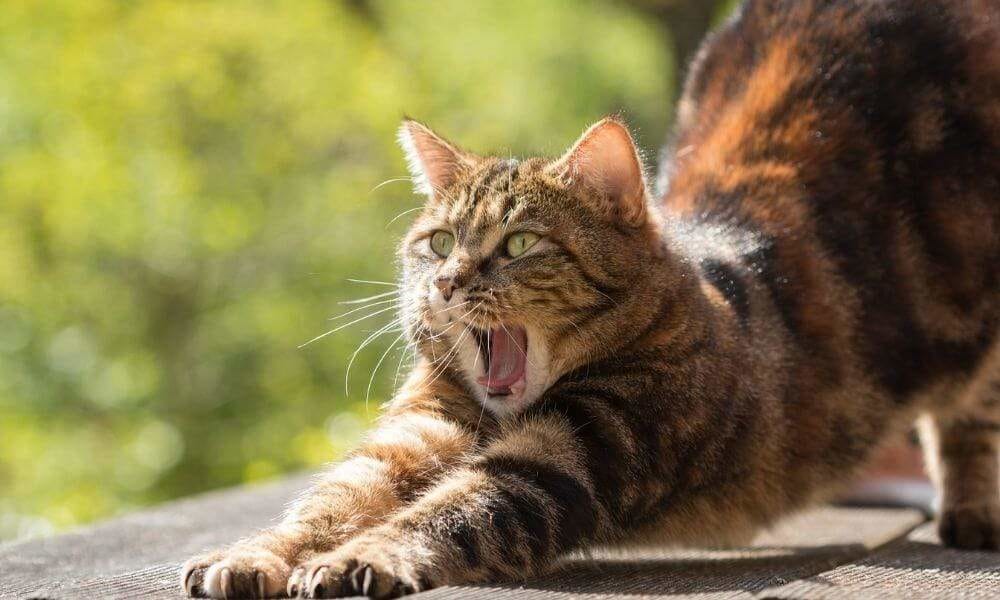
- Hustle
- Stretching and rapid breathing
- Extreme distress
- Skin warm to the touch
- Glassy eyes
- Vomiting and drooling
If your cat exhibits strange behavior or you notice skin changes during hot days , contact your veterinarian immediately for advice.
Arrange the garden well for your cat

Plants and plants
Plants that attract flying insects to the garden (like native species with purple flowers) are not only good for wildlife, they can energize your cat too! Here are other very interesting plants for your cat:
Grass – Cats often eat grass because it is thought to aid digestion. Catnip is the perfect type of grass for cats to nibble on.
Catnip - Although we're not really sure of the exact effect of catnip on cats' brains, many cats (around 50-70%) may find that the chemicals produced by catnip leaves this plant has a stimulating or hallucinogenic effect.
Cat mint - and other members of the mint family - other plants that may be attractive and stimulating to your cat.
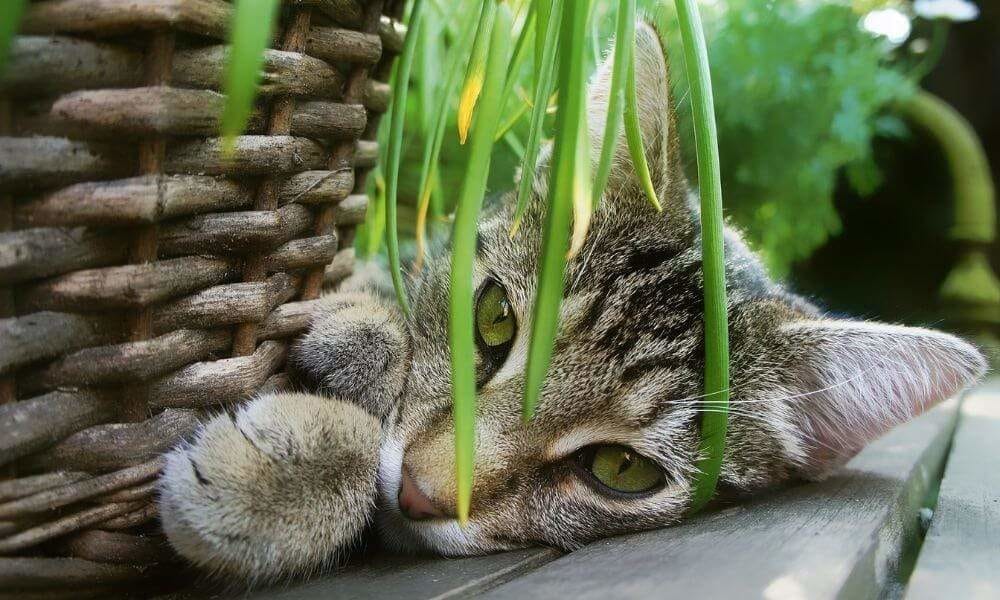
Honeysuckle – It is thought to have a similar effect to catnip on cats (although only about 30% of cats are sensitive to it).
Valerian – Depending on the degree of exposure, this herb is believed to have stimulating or calming effects on cats and can be another much-loved addition to your cat-friendly garden.
Provide places where they can do their business

Provide places where your cat can do its business
An area of the garden containing wood shavings makes a large latrine that several cats can use (but must be cleaned up regularly).
Cats are generally very clean animals and, given the opportunity, they generally prefer to use a safe, suitable place outside to do their business, away from their other resources such as food and water.
So it's important to provide them with a nice area that they can use outdoors, especially if we don't want to provide them with a litter box indoors.
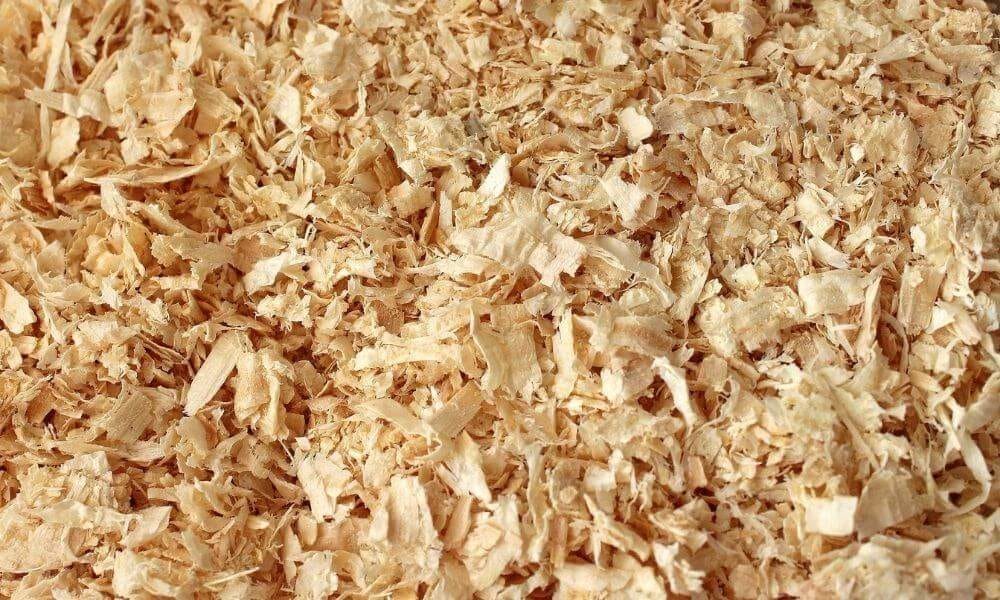
An open area with wood shavings, sand, or loose dirt is a suitable place for your cat to do its business, although your cat may have a particular preference; it may therefore be useful to test the "substrate" you prefer before creating your latrine.
The ideal is to use a site that also offers the cat some privacy, for example if the latrine is surrounded by a few plants and shrubs.

How to deter other cats from coming into your garden

If you make your outdoor space irresistible to your cat , cats in neighboring homes may want to spend time there just as much. This may be particularly the case in areas where the cat population is high and outdoor green space is limited (such as in large townhouse developments that have little or no outdoor space).
For many cats, this can be quite stressful because an intruding cat can be perceived as a direct threat to your cat's territory and personal safety. There is no easy solution to this problem, but the points below may help:
Provide your cat with plenty of safe places , as noted above, making sure to provide several of each type of "resource" and place them in different locations throughout the outdoor space.
You can make "drop offs" for your cat in the outdoor area (this involves leaving small piles of your cat's excrement in clearly visible places like walls or steps ). The presence of these piles signals to other cats that the garden is already occupied and can have a deterrent effect on other cats).

A high fence at the edge of your outdoor space can help establish a physical boundary that your cat can easily monitor and mark (for example, she may have a daily routine where she walks along the top of the fence, checking in there are other cats). It may also scratch or spray along the sides of the fence, or make an "attic" on the top or other conspicuous location.
Patrol your outdoor space at peak times, when other cats are known to come in - if you see an intruding cat, you can try clapping your hands or making a loud, high-pitched sound such as "out" to try to deter the cat from entering.
Install a microprocessor cat flap to ensure that intruder cats can never enter your home, as this can be very stressful for cats.
What should I do if my cat is stung by a bee or wasp?

If your cat is stung by a bee or wasp , she will likely suffer swelling in her paw or face, which are the most common places cats get stung. Your cat will experience localized pain and irritation from the sting , just like a human, but this should go away after a while.
Some cats are allergic to poison injected by a bee or wasp sting. If so, your cat will have a serious reaction which, if left untreated, can be fatal. Likewise, if your cat is stung several times in one go or is stung in the throat or mouth, you should urgently contact your veterinarian for advice . In this case, your veterinarian will probably ask you to take your cat directly to their home for treatment.
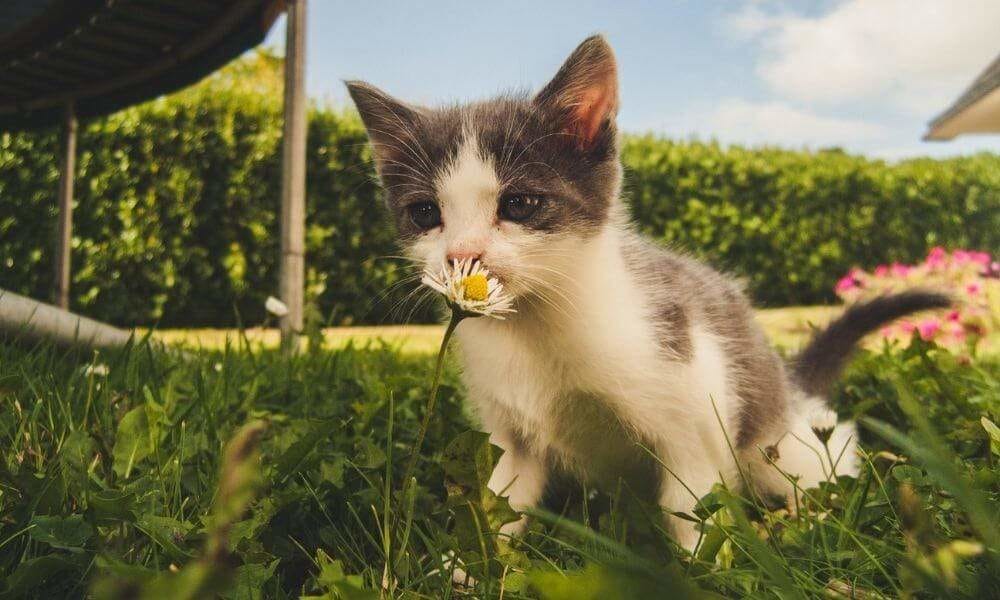
Signs Your Cat Has Been Stung
- Nibbling or sudden attention to where it was bitten.
- He meows or vocalizes more than usual.
- Swelling of the affected area (more difficult to detect in long-haired cats).
- Pawing the area where it was stung, such as the face, mouth or throat.
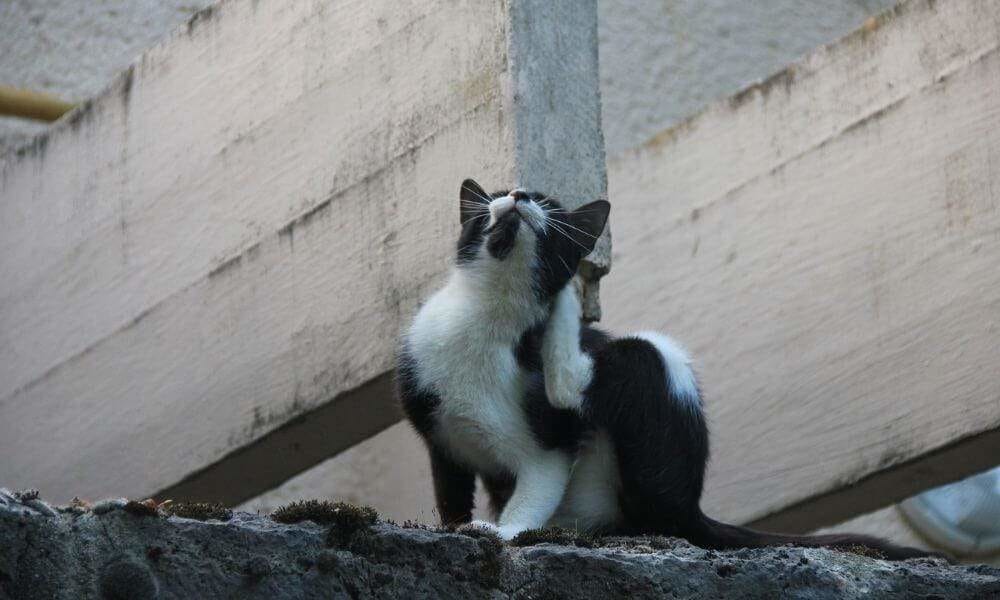
Cats are very good at hiding when they are in pain , so some signs of a bee or wasp sting can be very subtle, or even non-existent. It is important to be alert for signs of an allergic reaction, which may be more obvious and appear very suddenly. An allergic reaction requires emergency treatment.
Signs of an allergic reaction
- Weakness or loss of consciousness
- Vomiting
- Rapid breathing or difficulty breathing
- Excessive swelling around and extending from the bite (harder to detect in long-haired cats)
- Pale gums
- Diarrhea

If your cat exhibits any of these signs, contact your veterinarian immediately and make an appointment for emergency treatment.
What should I do if my cat has been bitten?

Quickly and calmly remove the stinger using a credit card or similar object, taking care to scrape under the venom sac. Do not squeeze or pull on the stinger, as this may release more venom and prolong the irritation.
Next, take a clean dishcloth or cloth and run it under cold water. Wrap it or hold it against the area where your cat was stung to reduce swelling. Applying ice is a good way to quickly calm the sting area, but be careful not to shock your cat with the change in temperature and sudden sensation.
Be alert for signs of an allergic reaction. These will probably manifest themselves within the next hour, but perhaps also within the first few hours.

Over-the-counter antihistamines are sometimes recommended when your cat has been bitten , but some ingredients from different brands can be fatal to pets. If you opt for this solution, you should always consult your veterinarian to ensure that you are giving the correct medication and quantity based on your cat's size and weight.
